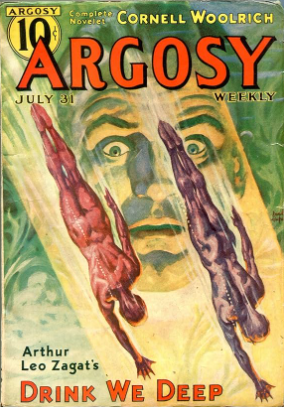
Cornell Woolrich *ʰᵒᵐᵃᵍᵉ*
@CornellWoolrich
Welcome to the only active homage account on the Web for the late author widely regarded as the 20th century’s finest writer of pure suspense fiction.
Thank you for the mention, Mr. @StephenKing. It's nice to be remembered.
Attention, attention: Hitchcock’s REAR WINDOW now starting on TCM. Based on a wonderful story by Cornell Woolrich.
"Blue is for Bravery" appeared in the Feb. 27, 1937 issue of Detective Fiction Weekly. It was later reprinted as "Invitation to Sudden Death" in Ellery Queen's Mystery Magazine, March 1955, and -- again as "Blue is for Bravery" -- in the 2003 hardcover collection NIGHT AND FEAR.
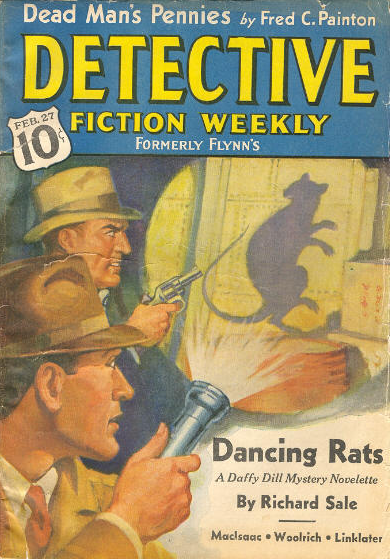

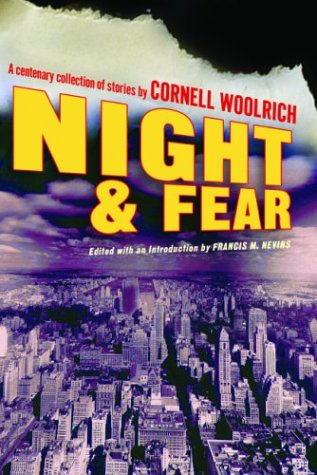
The September 1940 issue of Dime Detective Magazine featured my yarn "Flowers from the Dead." In it, a glamorous actress is terrified to visit her hometown to promote a movie -- what is she hiding? Cover by Rafael DeSoto. Reprinted in the 1985 collection BLIND DATE WITH DEATH.
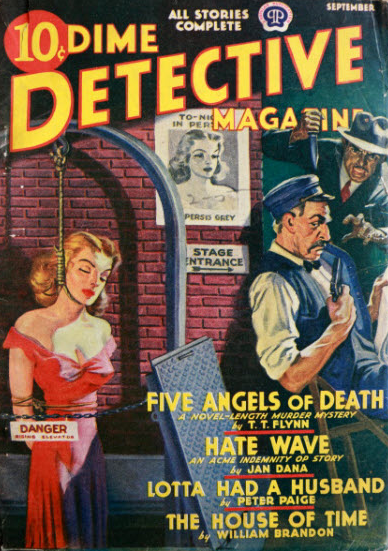

The Spring 1952 issue of 5 Detective Novels Magazine featured my William Irish story "The Morning After Murder." This tale was a revised reprint of “Murder on My Mind," which appeared in Detective Fiction Weekly on August 15, 1936, under my Cornell Woolrich byline.

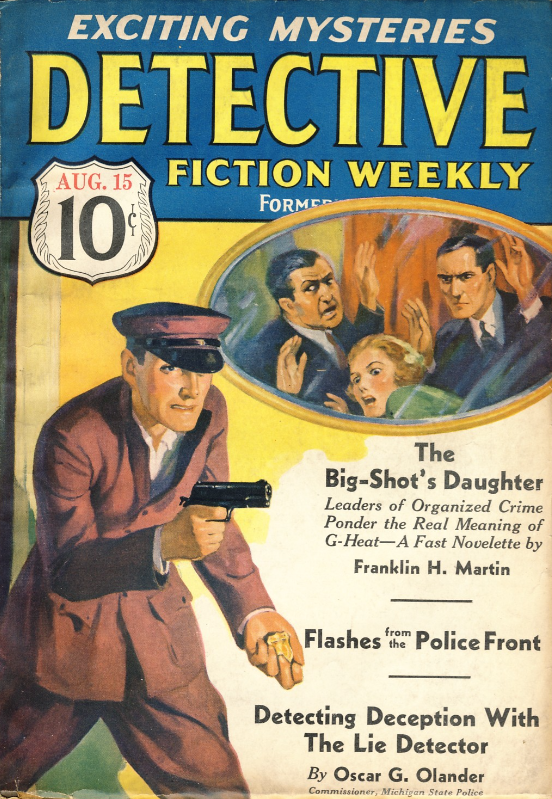
Nightmare (1956). Kevin McCarthy dreams of a murder that he may or may not have committed. His detective brother-in-law, Edward G. Robinson, helps him find out. When the story moves into an abandoned mansion it’s superb. Based on ‘And So to Death’ by Cornell Woolrich.
"Leg Man" --a reporter who gathers info for stories but doesn't get a byline-- dreams of seeing his name in print and, spotting evidence at a murder, pursues the culprit and a byline at great risk. Orig. DDM, Aug. '43; reprinted in THE DANCING DETECTIVE and BLIND DATE WITH DEATH.
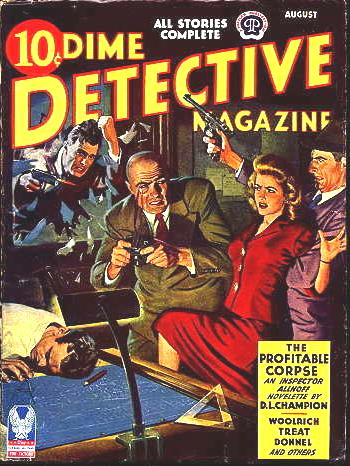
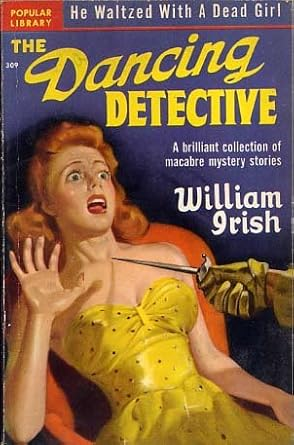
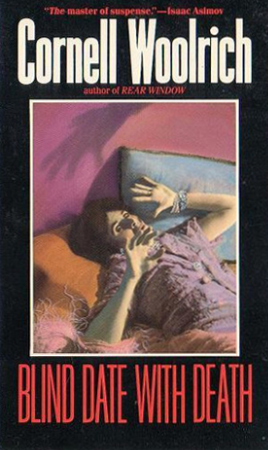
"Death Between Dances" appeared in the Dec. 1947-Jan. 1948 issue of Shadow Mystery. I was very pleased to share the Table of Contents with John D. MacDonald, who contributed "When You Got a Pigeon." His first crime story, "Cash on the Coffin!," had appeared just a year earlier.
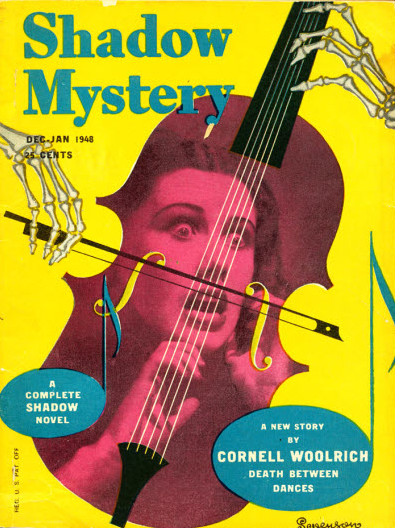
The Nov. 1937 issue of Black Mask featured my story "Cab, Mister?" A female cab driver discovers her fare has been shot and killed. Will she be next? Broadcasted on April 14, 1957 as "The Cab Driver" for General Electric Theater, hosted by future president Ronald Reagan.
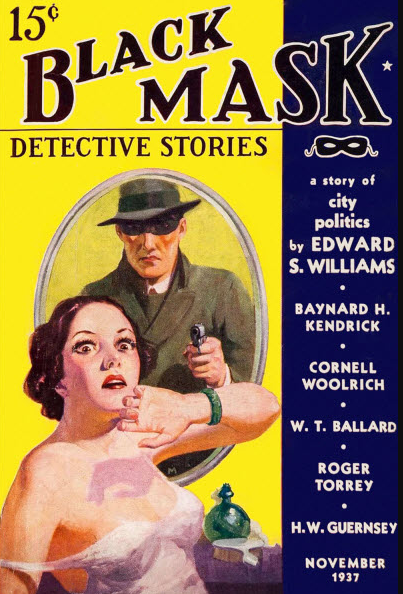

"The Book That Squealed" appeared in the Aug. 1939 issue of Detective Story. A bibliomystery novella in which a librarian finds a book is returned with pages missing; her hunt to find the vandal leads to danger. It was reprinted in several anthos focused on women protagonists.
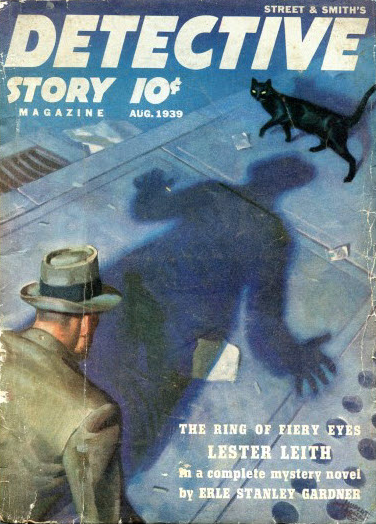
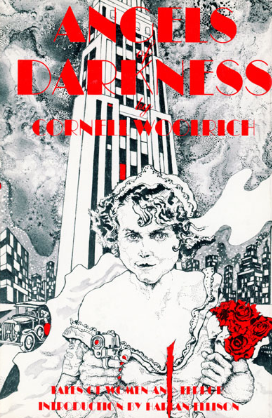
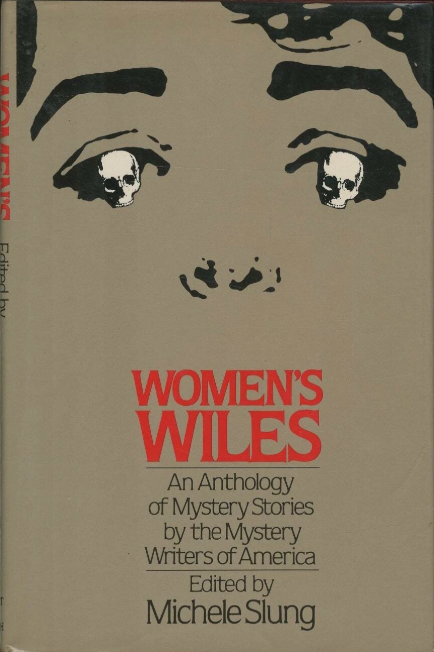
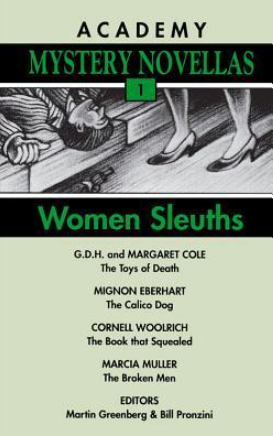
The June 1960 issue of Keyhole Mystery featured my story "I.O.U.", which was a reprint of "I.O.U. -- One Life" that appeared in the Nov. 1938 issue of Double Detective. A gangster saves the life of a cop’s daughter, but what does he expect to collect from the cop in return?
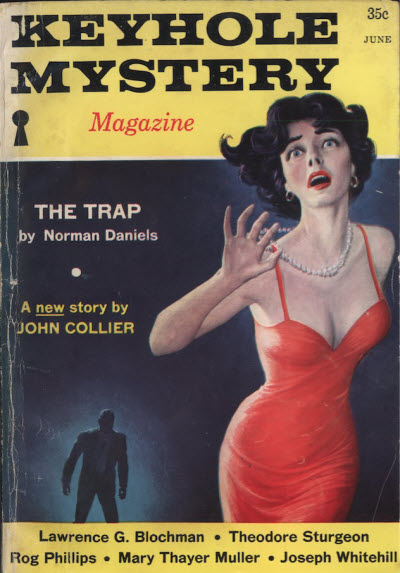
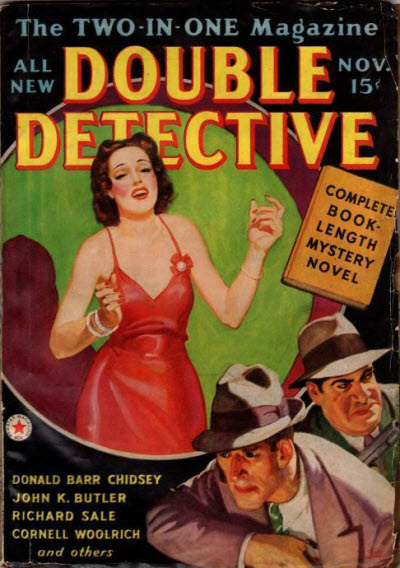
My novel NIGHT HAS 1000 EYES, originally published in 1945, appeared in abridged form (as by "George Hopley") in the March 23, 1946 issue of Liberty magazine. A woman despairs that a clairvoyant has ordained her father will die at midnight; a police investigation ensues.
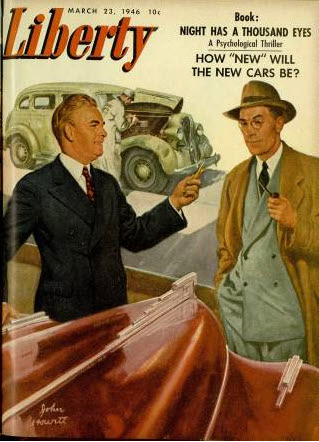
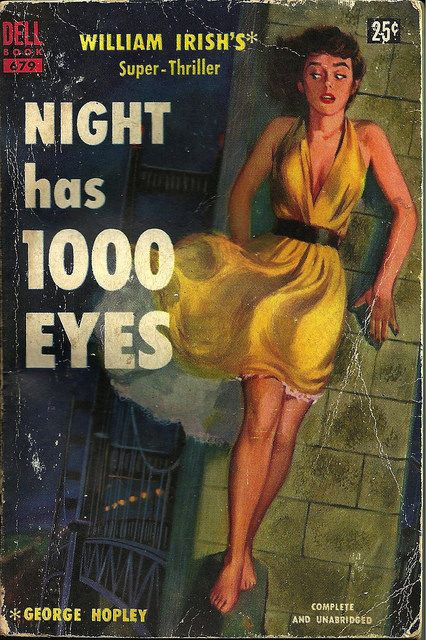
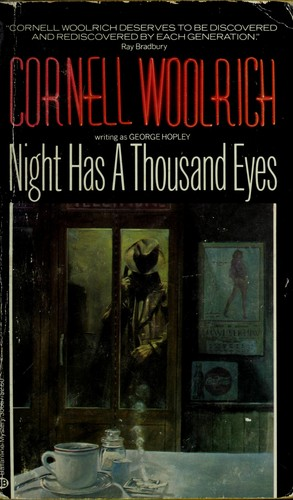
Earlier today I shared a post about my use of a Ted Brooks pseudonym in 1934. I also used a *Tex* Brooks pseudonym in April 1937 for a BBD story, “The World’s Champion Murder." A revised version of the story appeared the same month in Pocket Detective under my Woolrich byline.
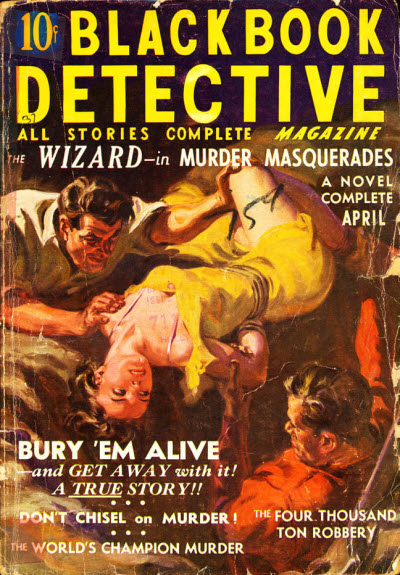
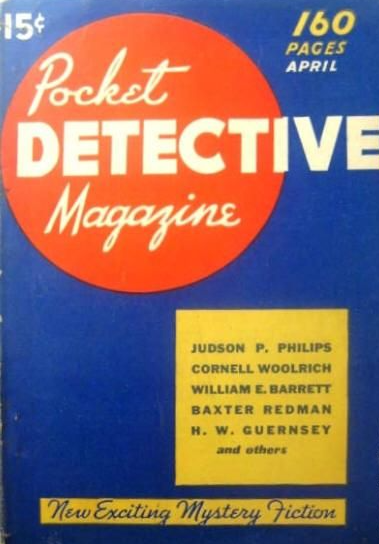
My earliest use of a pseudonym was for the short story “Insult” in the March 1934 issue of Serenade, for which I used the byline Ted Brooks. This use was due to the fact that I had another story, “Between the Acts”, in the same issue under my Cornell Woolrich byline.
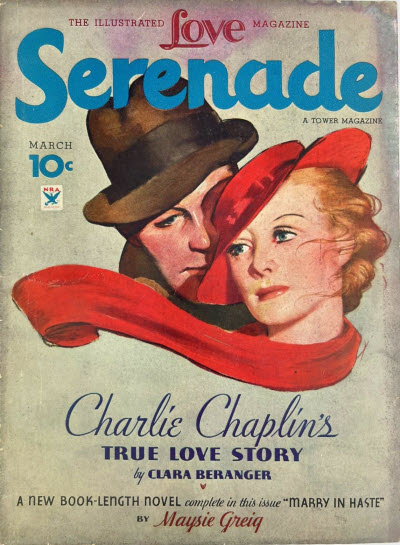
"Deferred Payment" appeared under my William Irish byline in this 1954 issue of Detective Stories. The story is likely a retitled story from another pulp, and as far as I can recall this is the only time I appeared in this particular magazine.
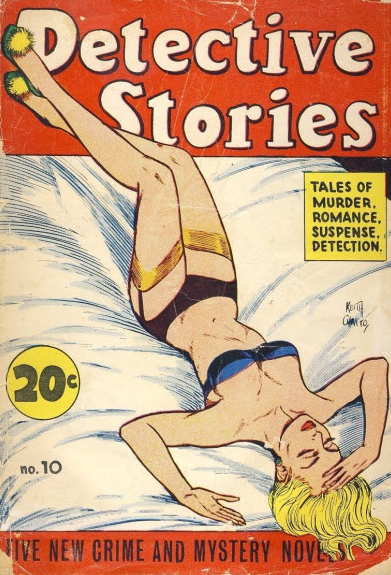
My W. Irish story "The Hunted" appeared in the Jan. 1953 issue of Manhunt (revised from “Death in the Yoshiwara” by CW in the Jan. 29, 1938 issue of Argosy). It is my only story set in Japan. An American sailor helps a woman suspected of a murder she insists she didn't commit.


"The Humming Bird Comes Home" appeared originally in the March 1937 issue of Pocket Detective Magazine. An older, blind mother with a criminal son wanted for robbery and murder is torn: Does she hide him, or save others -- and him -- by turning turn him over to the police?
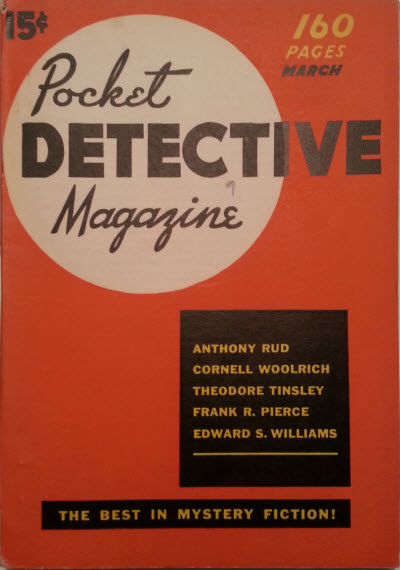
My William Irish story "The Light in the Window" appeared in the April 1946 issue of Mystery Book Magazine. A soldier, returning from war disturbed, believes his girlfriend is unfaithful, but is he mistaken? The tale was reprinted in the 1946 collection THE DANCING DETECTIVE.
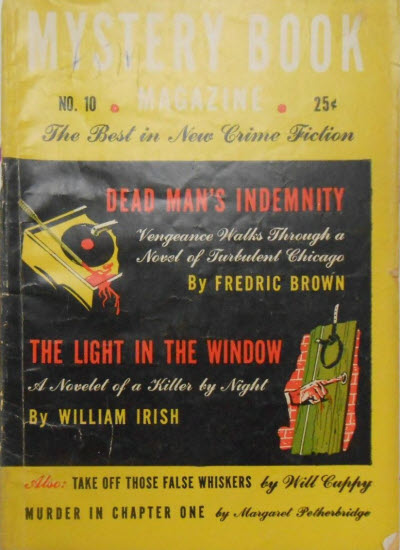
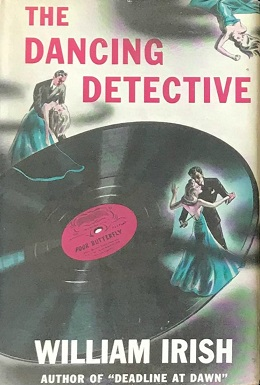

What a delight to see Zippy meet Woolrich, the mash-up we never knew we needed.
@CornellWoolrich In case you haven’t seen this:
How about a second windows-related post for today because, why not? If "Rear Window" aka "It Had to be Murder" was a children's book: "They could hear it coming down the street . . . it was death, the merciless drumbeat of its footfalls growing ever nearer."

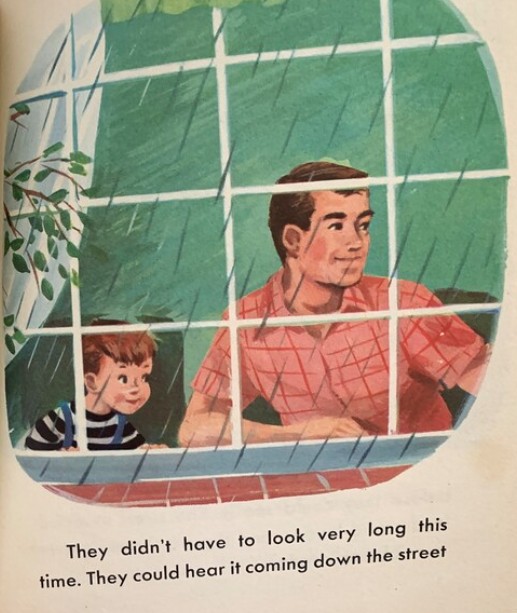
I'm not quite sure why windows were so sinister and deadly back in my day.
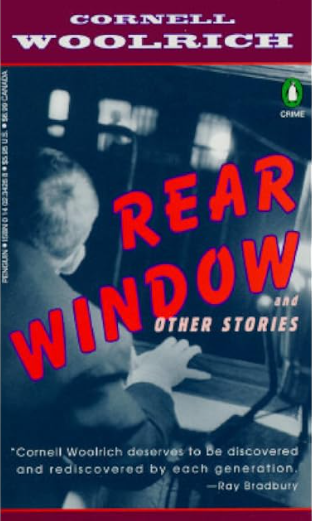

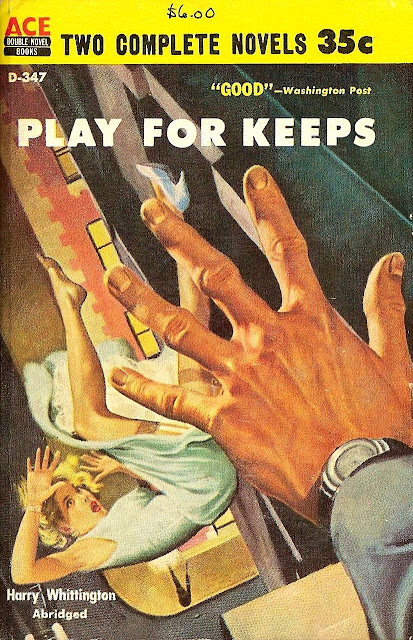
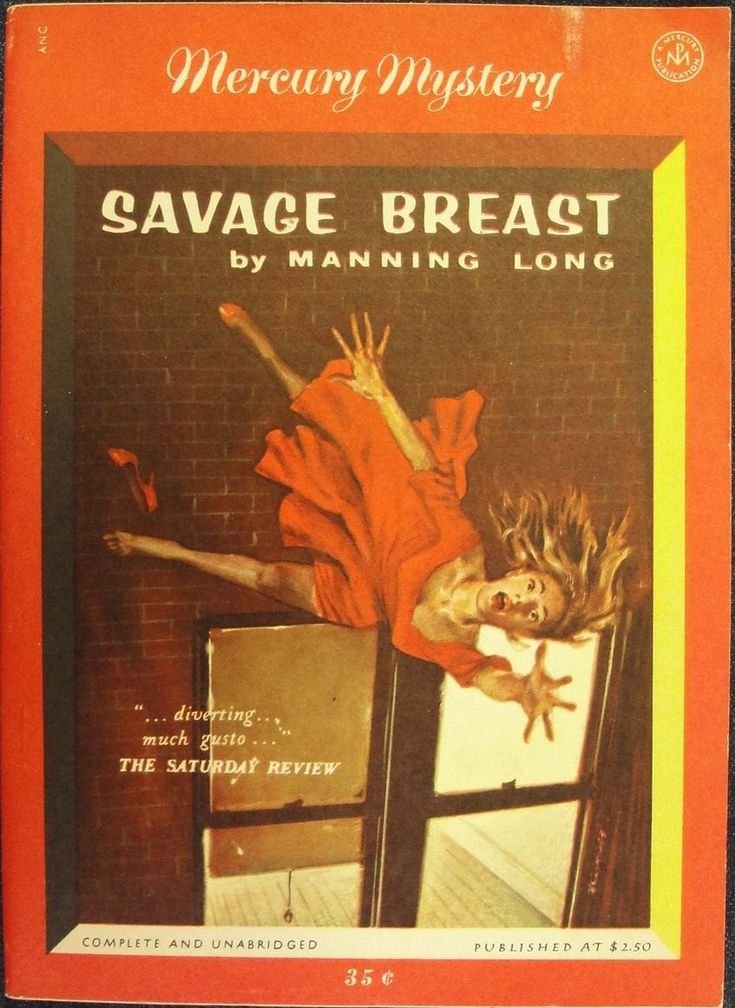
My adventure tale "Black Cargo" was featured in Otto Penzler's massive, 896-page anthology THE BIG BOOK OF ADVENTURE STORIES, published in 2011. This slave ship story originally appeared in the July 31, 1937 issue of the pulp magazine Argosy.

